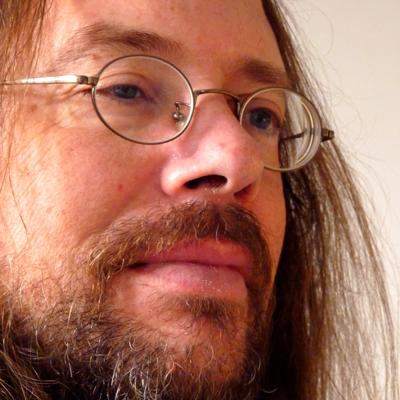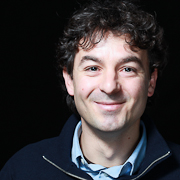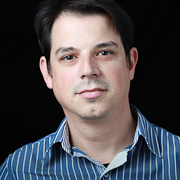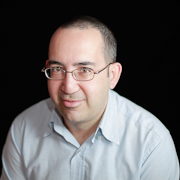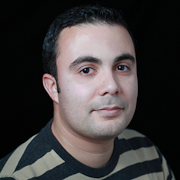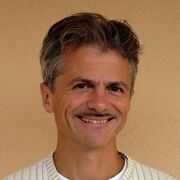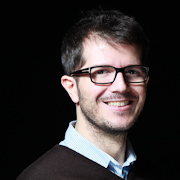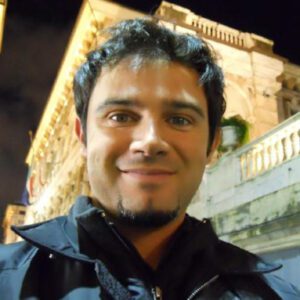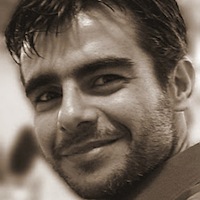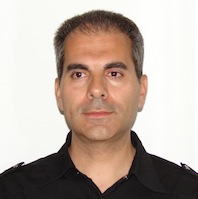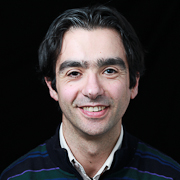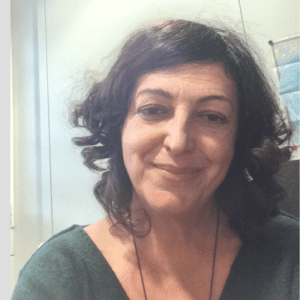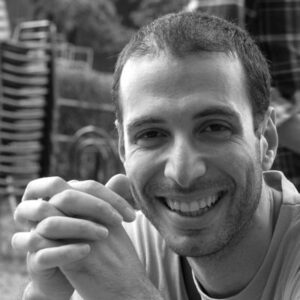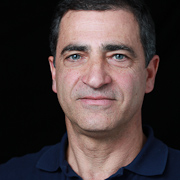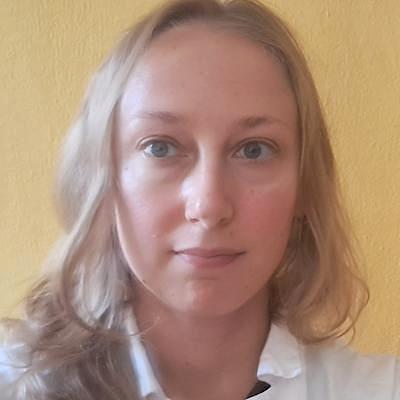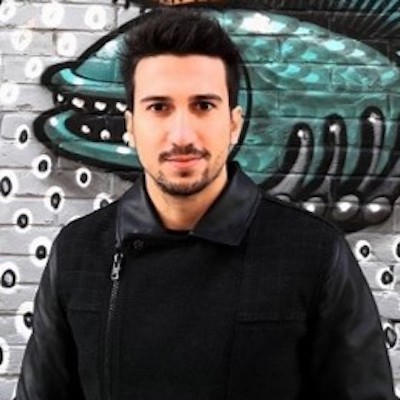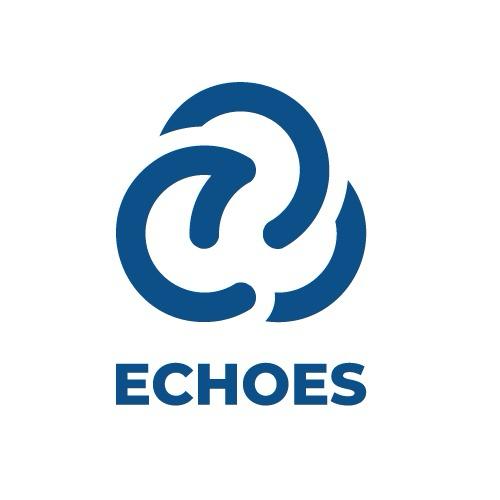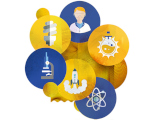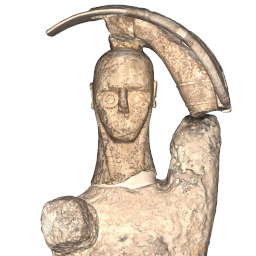Visual and data-intensive computing
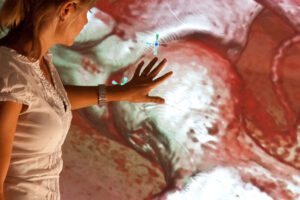
TheVisual and Data-intensive Computing (ViDiC) Sector is active in the research, development, and application of innovative and scalable solutions for acquiring, creating, processing, distributing, exploring, and analyzing complex and/or massive datasets derived from simulations or measurements of phenomena, objects, environments, or real-world processes.
Specifically, our work focuses on advancing methods in the following areas.
Main keywords: big data, automation and orchestration, workflows, reproducibility, high-performance computing, and distributed computing.
Main keywords: mathematical modeling, numerical simulation, machine learning, physics-informed networks, demand & response.
Main keywords: Findability - Accessibility - Interoperability - Reusability (FAIR), standardization, semantic modeling, data integration and management, traceability and provenance.
See also[VIC].
Although our work is generally cross-cutting to many application domains, we are particularly active in the fields of biomedicine, precision medicine, andclinical informatics, including digital and computational pathology, digital biobanking, genomics, and in silico modeling of chemical-physical and biological phenomena at the molecular and cellular levels for medical and pharmacological applications. We are also highly active inurban informatics and cultural heritage sciences, particularly in the smart reconstruction of structured environments, shapes and materials, and interactive exploration of complex and annotated models. We also strongly contribute in the fields of imaging and computational geophysics, as well as in the energy and environment fields, with a focus on metereology and climatology, and the forecasting and control of electricity production and consumption in the context of the energy transition. Our activities are primarily conducted within the framework of collaborations with external partners, including international organizations, industries, universities, research centers, research hospitals, museums, and other cultural organizations, with a strong emphasis on public-interest outcomes and the dissemination of knowledge, including through the development of standards and best practices.
People
VIDIC
Publications
Projects
Horizon Europe
01/10/2025
31/03/2029
Ministero della Salute - Piano Operativo Salute - Traiettoria 4 “Biotecnologia, bioinformatica e sviluppo farmaceutico”
13/02/2023
12/02/2027
Piano di Sviluppo e Coesione del Ministero della Salute 2014-2020 - Traiettoria 3 Piano Operativo Salute del Ministero della Salute
13/02/2023
12/02/2027
RAS - Sardegna Ricerche, contributo ex art 9 L.R. 20/2015
01/01/2023
31/12/2026
MUR PNRR M4C2 - Investimento 1.4 - Avviso Centri Nazionali
01/09/2022
30/06/2026
Qatar Foundation
15/11/2022
15/05/2026
12/05/2025
09/10/2025
EU H2020
01/10/2021
30/09/2025
Università degli Studi di Torino, finanziamento dalla Fondazione AIRC per la Ricerca sul Cancro (IG2020-ID. 24818)
27/07/2021
26/07/2025
International Oil&Gas Company
01/07/2019
30/06/2025
MUR PNRR M4C2 - Investimento 1.3 - Avviso Partenariati Estesi MNESYS
10/04/2024
09/04/2025
Fondazione Mont'e Prama (FMP)
03/10/2024
02/04/2025

